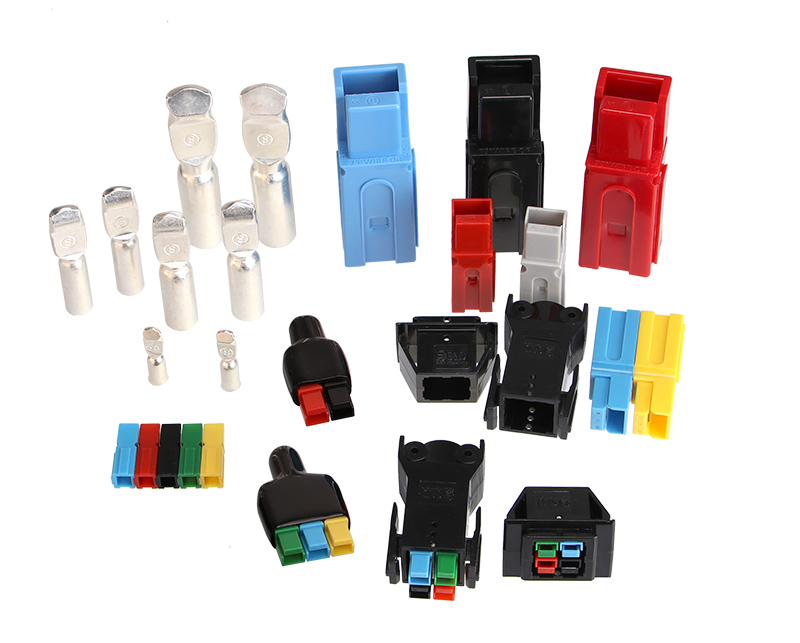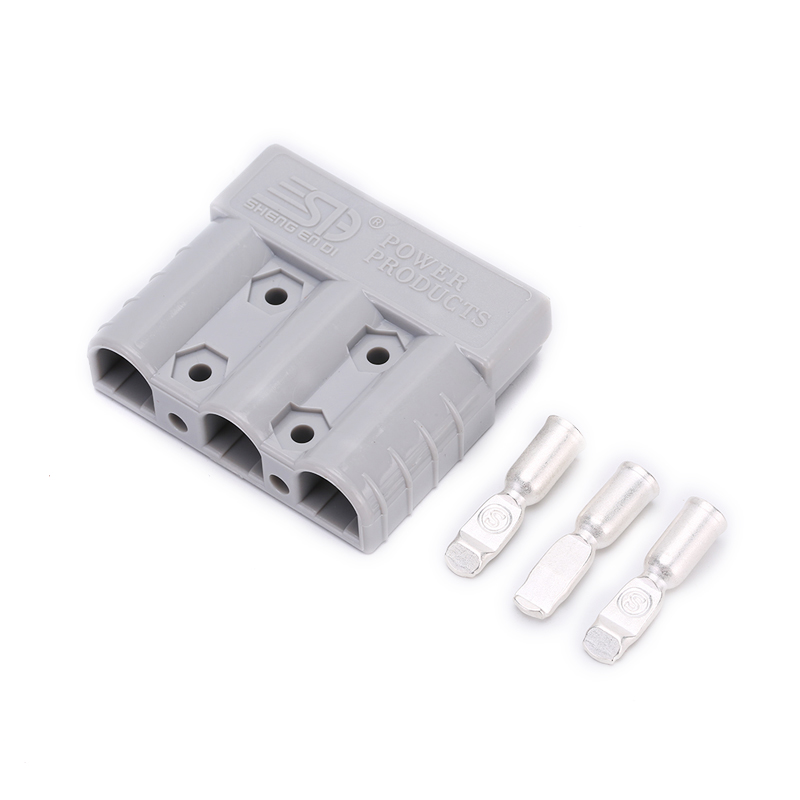As technology continues to advance, the variety of plug types on the market continues to expand. For newcomers, selecting the right plug is a crucial decision. Choosing the wrong plug can lead to short circuits and damage to machinery. This is especially true in the automotive industry, where plug selection is critical for ensuring the safety of lives and property. There's no room for error.
Traditionally, plugs are divided into male and female components, but SED plugs break this convention. SED plugs don't differentiate between male and female components. As long as the colors match, the plugs can connect.

Currently, SED plugs come in three main types: single-pole plugs, double-pole plugs, and triple-pole plugs.
Single-pole SED plugs are single-terminal plugs that can be assembled in any combination of positive and negative poles. Common specifications include 45A, 75A, 120A, and 180A.
Double-pole SED plugs consist of positive and negative terminal pins. They can be connected regardless of polarity, as long as the colors match. Common specifications include 50A, 120A, 175A, and 350A.

Triple-pole SED plugs feature positive, negative, and ground terminal pins. Common specifications include 50A, 120A, and 175A.
When selecting lithium battery charging plugs, it's essential to choose the SEDropriate ampere-rated SED plug. For ampere ratings from 1A to 50A, choose a 50A plug. For 50A to 120A, select a 120A plug. For 120A to 175A, opt for a 175A plug. And for ratings between 175A and 350A, go for a 350A plug.
In conclusion, SED plugs offer versatility and convenience in plug selection, making them ideal for various SEDlications, including automotive and lithium battery charging. By understanding the different types and specifications available, users can ensure safe and efficient electrical connections for their projects. Choose SED plugs for reliability and peace of mind.
 Guangdong SED Co., Ltd.
Guangdong SED Co., Ltd.
 +86 13763213143
+86 13763213143
 info@dmictech.com
info@dmictech.com


